Most of us don’t grow up cooking sous vide, so most of us don’t know how to get the most out of the cooking method. Is it for special occasions? Desserts? Showing off? The answer: all of the above. What a sous vide circulator lacks in cooking speed (most dishes require one to four hours in the bath), it makes up for in functions no other cooking method can claim. Here’s a beginner’s list of the five essential things to cook sous vide beyond a simple steak.
Eggs
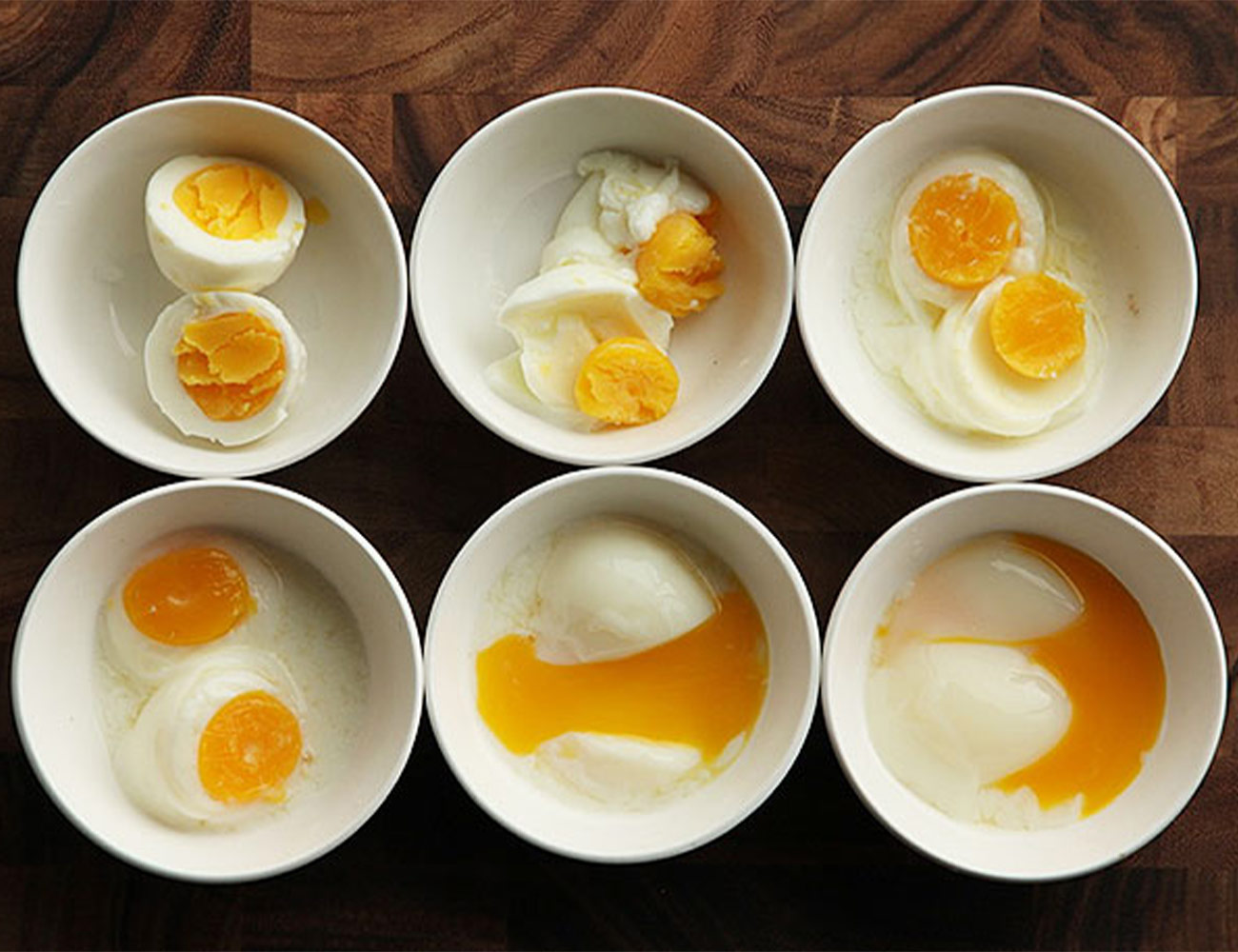
Though sous vide steak gets all the headlines, it’s the prospect of flawless egg cooking that deserves more love. Few ingredients are as finnicky as the egg, and the degree-specific precision of a sous vide bath is the ideal vehicle to nail your perfect doneness with consistency. Use Kenji López-Alt as your spirit guide; his 2015 cookbook The Food Lab devotes more pages to the search of egg perfection than any other.
Vegetables
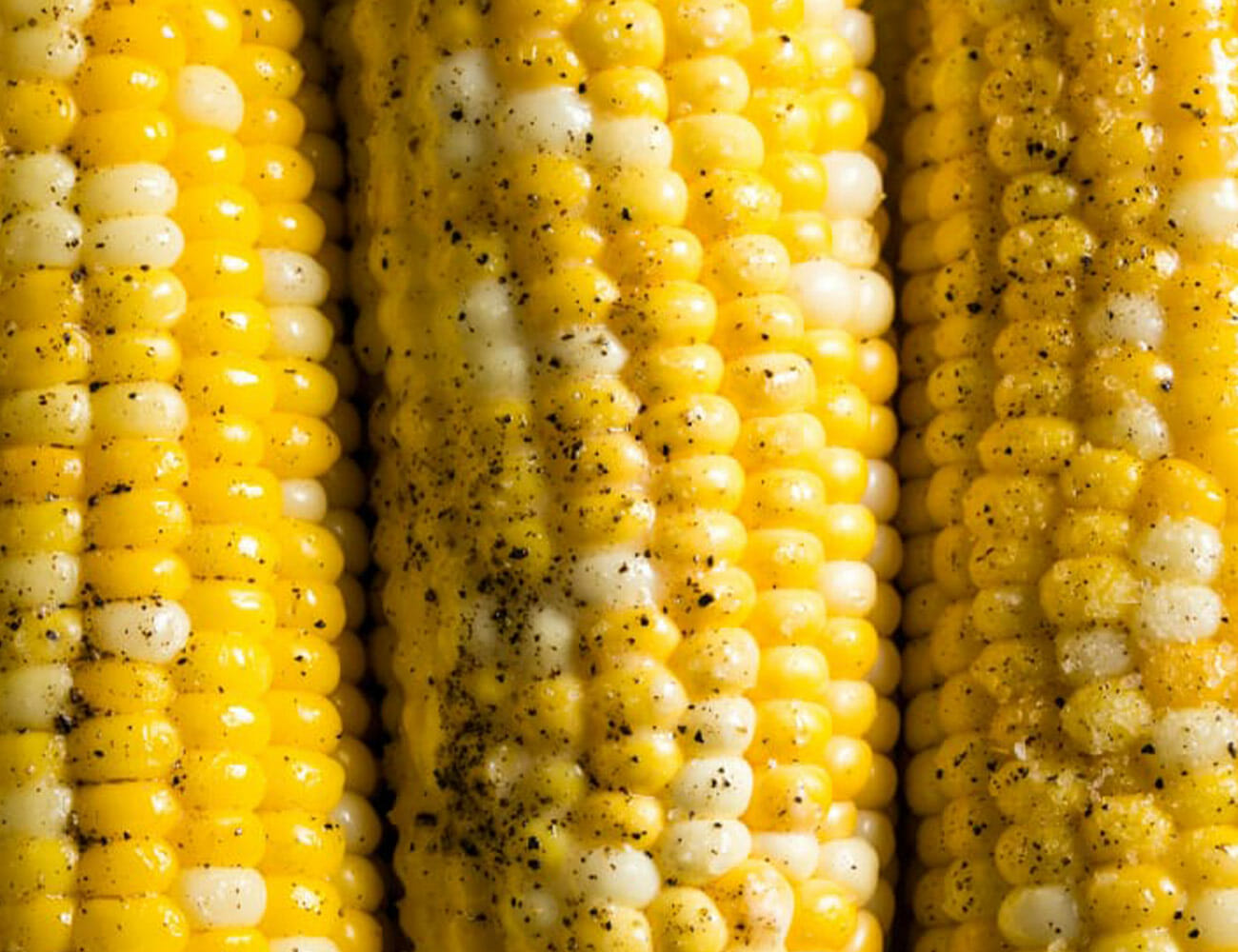
When it comes to vegetables, no one doubts the deliciousness of roasting or the convenience of steaming. But securing the veggie in a bag and cooking it between 180 and 190 degrees is the only method that preserves both the ingredient’s nutrient content and its structural integrity. In their guide to sous vide vegetables, the recipe and kitchen gear testing gurus at Cook’s Illustrated break down why the method works from taste to nutritional value.
Fish
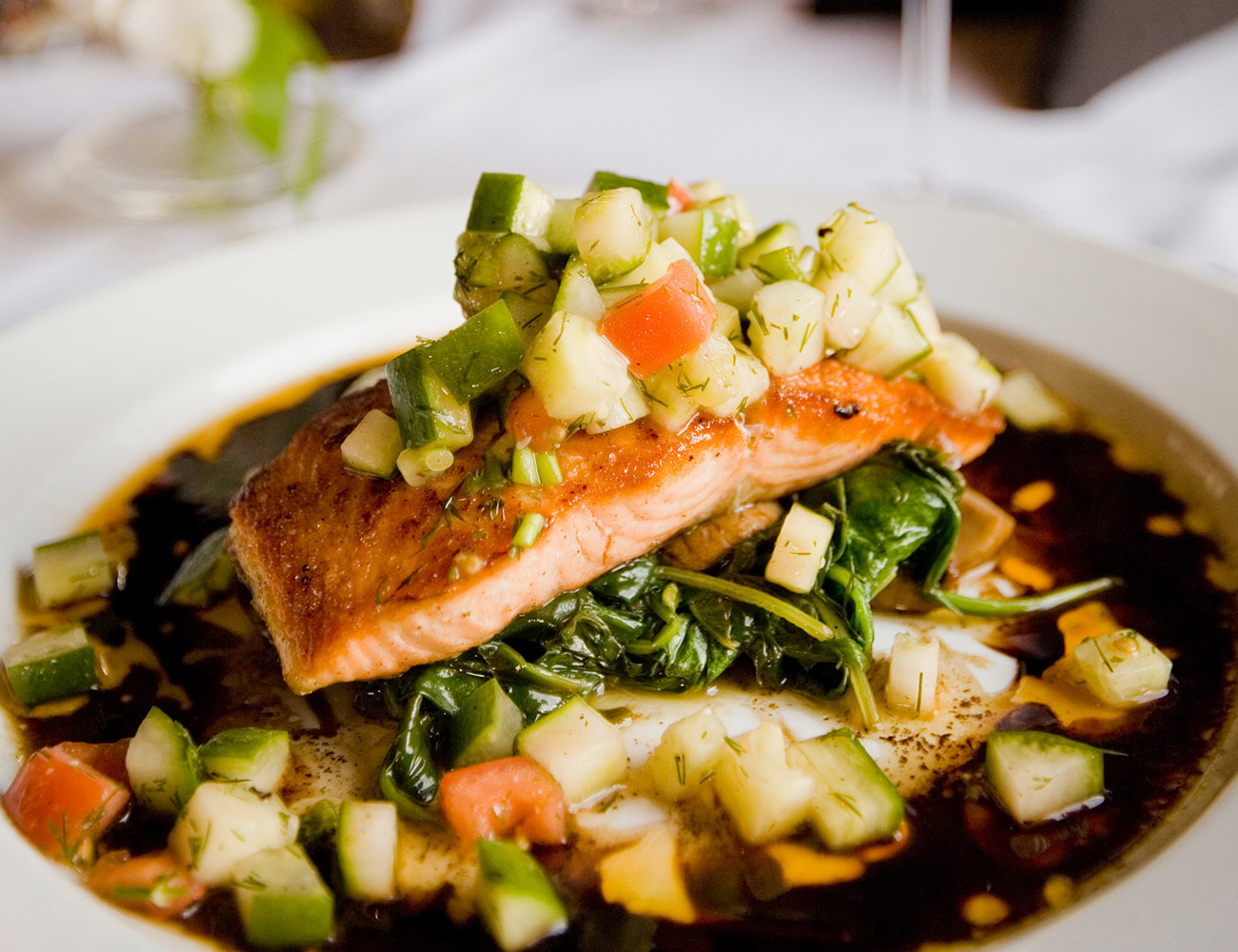
Like with the egg, preparing fish with imprecise tools — your oven, stovetop or grill — can result in something nobody wants to eat. Fish is delicate, and dramatic temperature shifts during cooking often result in a product that’s overly dry or undercooked. Sous vide fish takes longer than other methods (around an hour), but it’s impossible to ruin. Unless your circulator malfunctions, the meat will be juicy with the fats properly broken down.
Cheap Meat
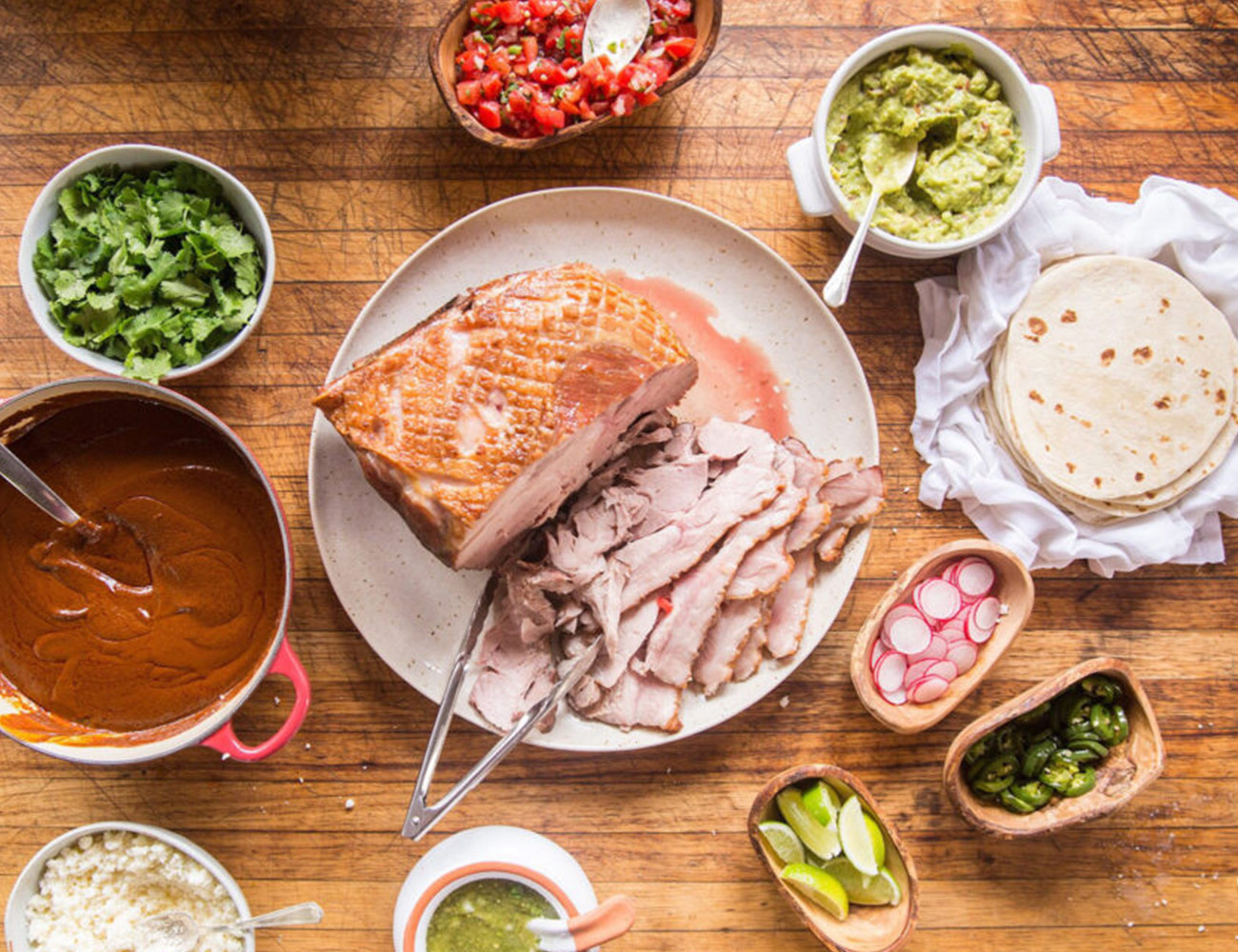
Ideal for the frugal home cook. Cheaper cuts of meat (like a pork shoulder) are rich in fibrous collagen that makes them tough and hard to chew when cooked with traditional methods. Like barbeque, sous vide is a low-and-slow cooking method that converts collagen into gelatin, creating tender protein out of the lowliest of cuts.
Flake Salt
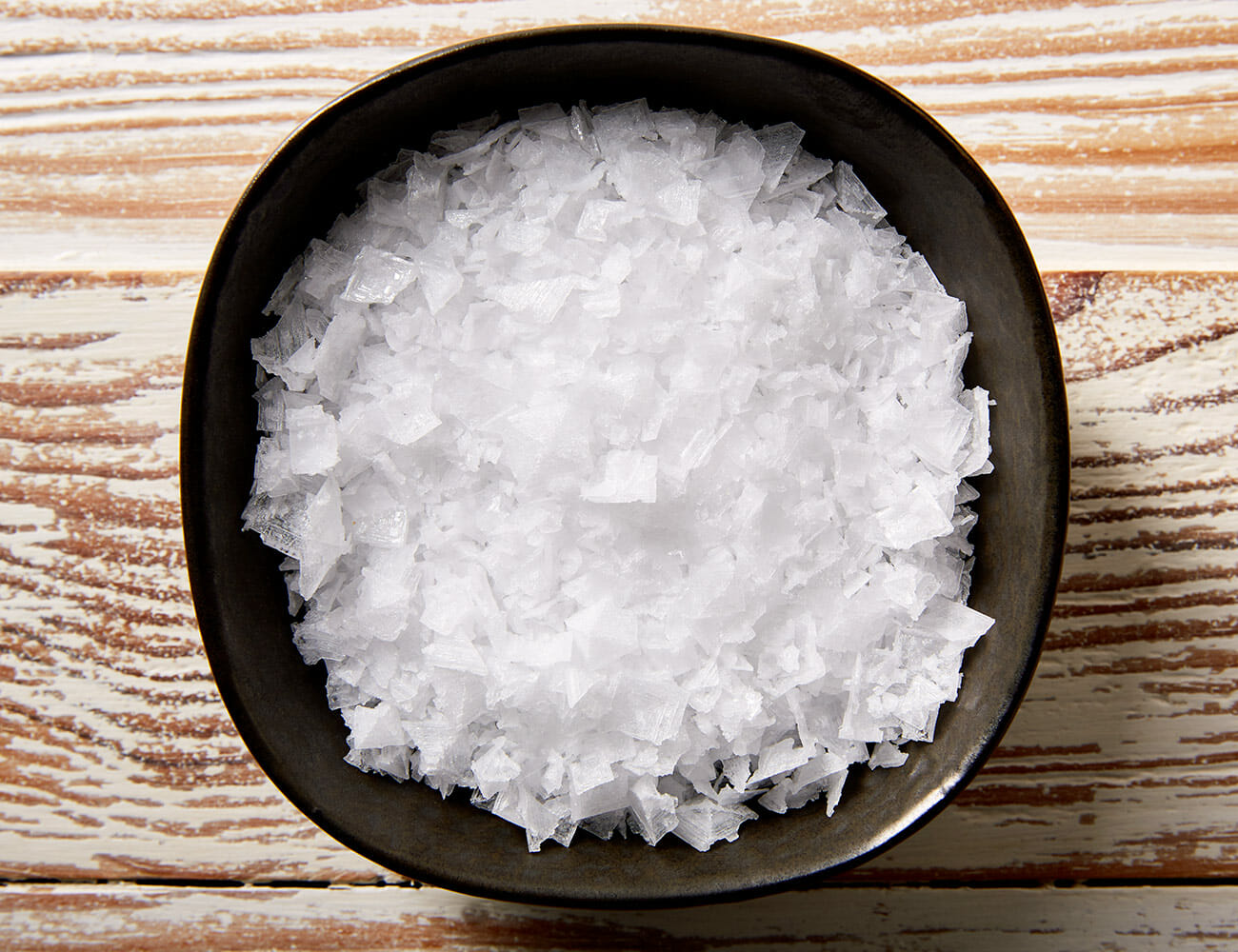
Yep, salt. Forums focused on sous vide cooking are cornucopias of deep-cut food hacks, like the conversion of cheap kosher salt into the kind of flaky salt a la Maldon and Jacobsen. It involves first liquefying your cheap salt into salt water, then evaporating that into homemade salt crystals with low and steady heat; this takes anywhere between 12 to 24 hours. Use ChefSteps’s recipe as your guide.

